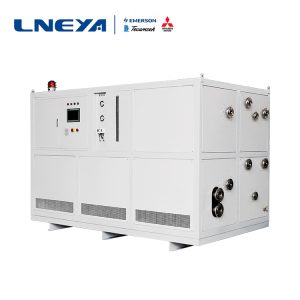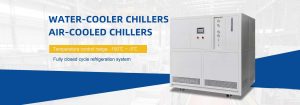Temperature conditions of new energy vehicle batteries

When automobile manufacturers continue to improve battery life to overcome the driver’s mileage anxiety, the energy density of the large batteries installed is also gradually increasing, which means that the temperature monitoring function of the battery system needs to be more perfect. No matter in the case of normal driving or fast charging, in order to ensure battery life and avoid battery thermal runaway, the design of the battery system needs to consider the heat dissipation strategy and overheating protection mechanism.
Generally, the battery system of a pure electric vehicle (BEV) has about 100 temperature measurement points, and each measurement position represents the battery temperature state in this area. The overall temperature distribution state is collected by the BMS, and is monitored and communicated by the BMS. Judging the result, the temperature control strategy of the whole vehicle can be corrected in real time, for example: improving water cooling efficiency, limiting battery charge and discharge current, etc.
Because of the importance of the combination of battery temperature control mechanism and BMS, existing testing laboratories and battery manufacturers have put forward the verification requirements of battery temperature control and BMS judgment mechanism. In the test process, in addition to requiring temperature measurement accuracy and temperature reading synchronization, it also has a detection function that can simulate temperature control changes in real time when the temperature changes.
The reasonable temperature of the battery pack is between 10°C and 30°C, and the liquid cooling system may reach -40°C in low temperature weather. It is necessary to increase the temperature of the -40°C liquid cooling system to cool down. How much liquid needs to pass through at this time? To ensure that the battery temperature is controlled within the range of 10°C-30°C, and the pipe diameter of the automotive liquid cooling system is fixed, then the pressure needs to be adjusted to control the flow. By analogy, as the temperature of the car coolant changes, the pressure also needs to change in order to ensure the flow of the battery coolant.
In high temperature weather, the temperature of the car coolant and the battery pack may reach above 50°C, what is the charging and discharging condition of the battery pack? The cooling capacity of the vehicle refrigeration system (cooling of the air-conditioning space in the vehicle, battery pack, electric drive, and engine liquid cooling system) is distributed in any way, so that the thermal management of the vehicle can be quickly balanced, and the performance of the vehicle can reach a reasonable range.
The above data comes from a test platform, if you have any questions, please contact us to delete and modify.

Raccomandazioni correlate
-
Analisi di simulazione e analisi dei risultati della gestione termica del pacco batterie
1030analisi di simulazione della gestione termica del pacco batterie
Visualizza i dettagli -
Large temperature difference freezer refrigerant charging instructions
1283In the development of modern industry, large temperature difference freezer is also important in cold treatment. In the whole process of large temperature difference freezer refrigeration, refrigerant charging is also more important. So how do you...
Visualizza i dettagli -
Small temperature control system equipment welding maintenance precautions
1113Small thermostat control system equipment pay attention to the point of comparison when repairing, LNEYA professional manufacturers reminded that the welding part is also one of the key points of maintenance, then what aspects should be paid atten...
Visualizza i dettagli -
Misunderstandings in the use of vacuum pump temperature control system
891When using the vacuum pump temperature control system, only the correct operation method can ensure the normal and stable operation of the equipment. If there are many wrong operation behaviors, it will directly affect the normal use of the equipm...
Visualizza i dettagli
 Refrigeratori industriali LNEYA Produttore Fornitore
Refrigeratori industriali LNEYA Produttore Fornitore













